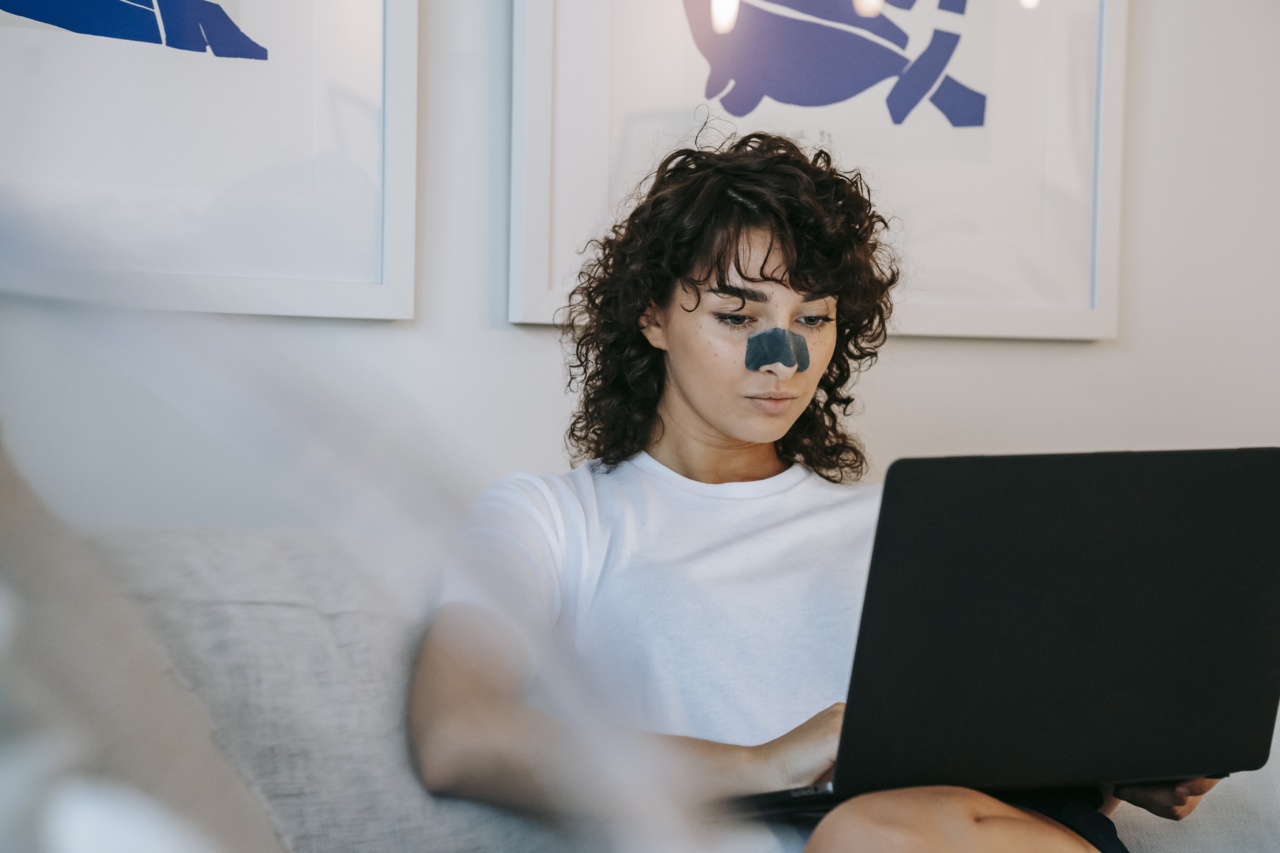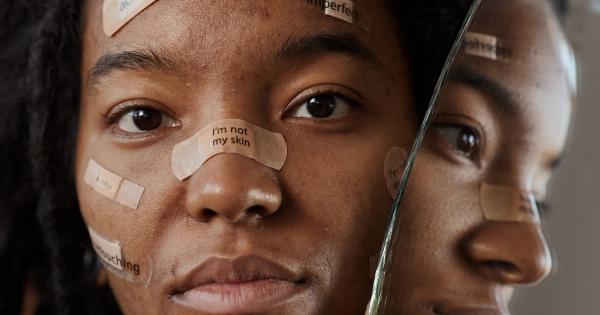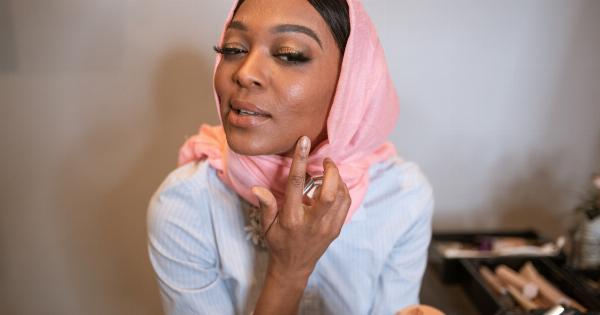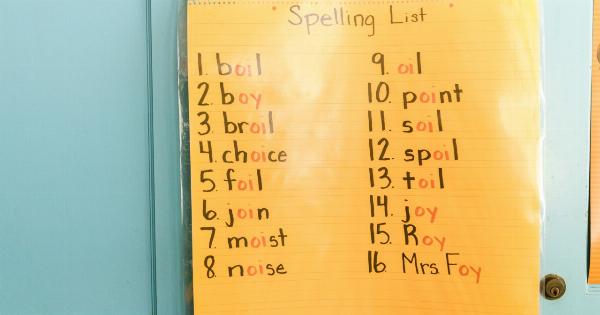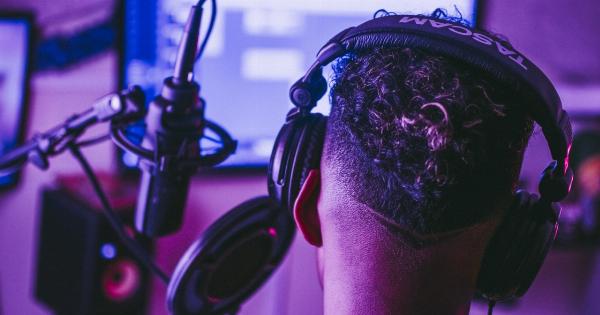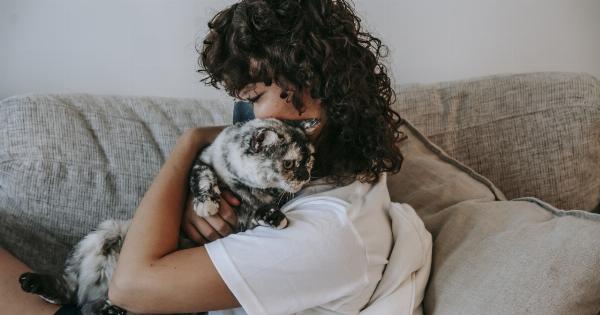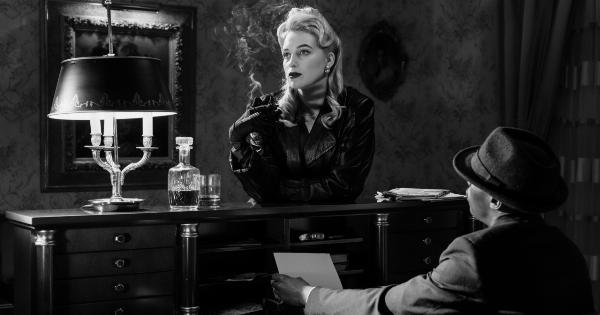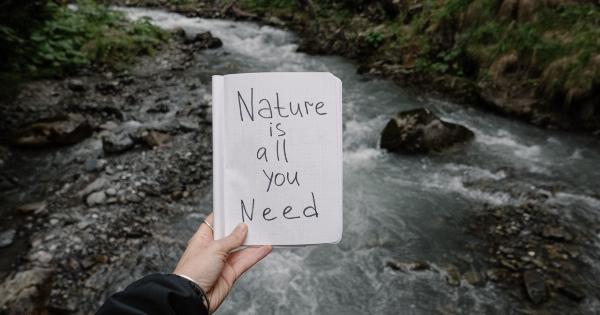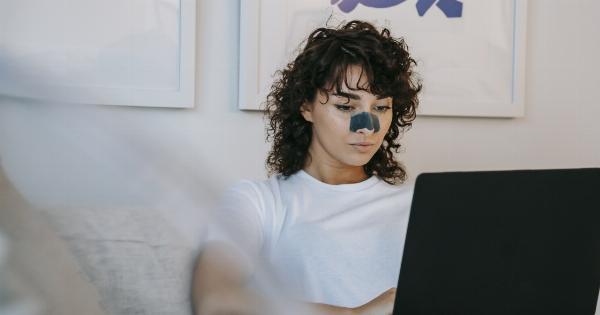Acne is a common skin condition that affects millions of people around the world. From occasional breakouts to persistent cystic acne, there are various types of acne that can occur on different parts of the body.
Identifying the specific type of acne you have is crucial in determining the most effective treatment plan. In this article, we will help you decode your breakouts by providing an acne type identification guide.
Whiteheads
Whiteheads are small, round raised bumps with a white or yellowish head. They occur when the pores become clogged with excess oil, dead skin cells, and bacteria.
Unlike blackheads, whiteheads are not exposed to the air, which is why they remain white or flesh-colored. They are common on the face, particularly in the T-zone (forehead, nose, and chin).
Blackheads
Blackheads, also known as open comedones, are small dark or black bumps that appear on the skin’s surface. They are formed when the hair follicles become clogged with excess oil and dead skin cells.
The black color is not caused by dirt but rather by the oxidation of melanin. Blackheads can be found on the face, back, chest, neck, and shoulders.
Papules
Papules are small, raised, solid bumps that are usually pink or red in color. They occur when the walls of the hair follicles become inflamed, leading to a tender and sensitive area on the skin.
Unlike whiteheads and blackheads, papules do not contain pus or liquid. They are often seen in clusters and can cause discomfort or pain.
Pustules
Pustules are similar to papules, but they contain pus at the top. They are characterized by a red base with a yellow or white center. Pustules are often referred to as pimples and can be easily identified by their appearance.
They can be painful and may leave behind temporary or permanent marks if not treated properly.
Nodules
Nodules are large, painful, solid bumps lodged deep within the skin. They are a severe form of acne that develops when clogged pores become further irritated and inflamed. Nodules can be red or flesh-colored and are often accompanied by swelling.
Due to their deep location within the skin, nodules may take longer to heal and are more likely to leave behind scars.
Cysts
Cysts are similar to nodules but are filled with pus and are softer to the touch. They are often larger and more painful than nodules and can lead to significant scarring if not treated promptly.
Cysts can be red or flesh-colored and may persist for weeks or even months. They require medical intervention for proper treatment.
Acne Mechanica
Acne mechanica is a type of acne that is caused by friction or pressure on the skin. It is commonly seen in athletes, students wearing tight clothing or equipment, and individuals who frequently wear helmets or face masks.
Acne mechanica appears as small bumps or pustules and is usually localized to specific areas that are subjected to constant friction or pressure.
Cystic Acne
Cystic acne is one of the most severe forms of acne. It is characterized by large, painful cysts that are filled with pus and extend deep into the skin. Cystic acne can be red or flesh-colored and often leaves behind scars.
It is important to seek medical attention for cystic acne as it typically requires prescription medications to effectively treat.
Hormonal Acne
Hormonal acne is influenced by hormonal fluctuations in the body, particularly in females. It often appears around the jawline, chin, and lower cheeks.
Hormonal acne is associated with an increase in androgen levels, which can lead to excess oil production and inflammation. Treatments for hormonal acne often involve hormonal regulation through oral contraceptives, anti-androgen medications, or other hormone-balancing therapies.
Back and Body Acne
Acne is not limited to the face but can also occur on the back, chest, shoulders, and other parts of the body. Back and body acne can have different characteristics compared to facial acne due to differences in the sebaceous glands and skin thickness.
It is often more challenging to treat due to difficulties in reaching and applying topical treatments to these areas.
Acne Conglobata
Acne conglobata is a severe and uncommon form of acne that is characterized by interconnected nodules and abscesses. It often affects the chest, back, buttocks, upper arms, and thighs.
Individuals with acne conglobata may experience extensive scarring, pain, and psychological distress. Dermatological intervention is necessary for managing this severe condition.
